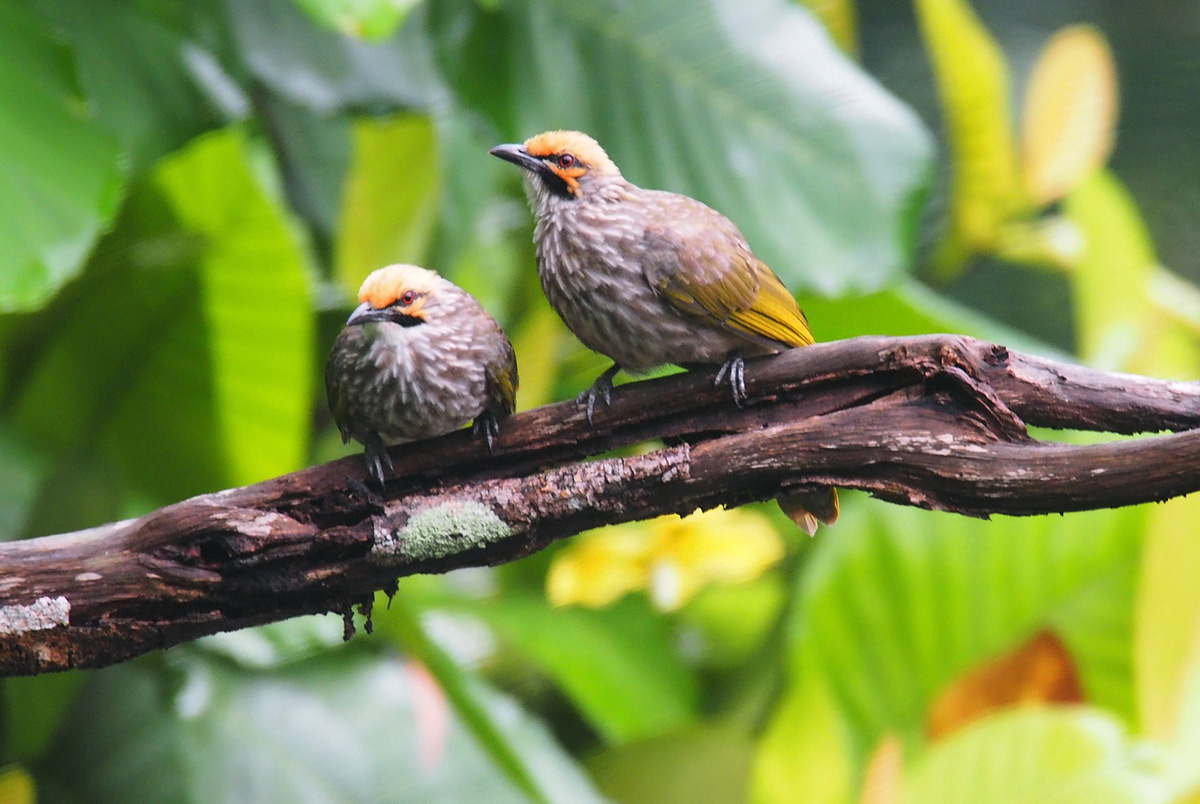Reaction: Human action is causing vertebrate genera to disappear at an unprecedented rate
Research published in PNAS has analysed the conservation status of 5,400 terrestrial vertebrate genera, comprising 34,600 species, between the years 1500 and 2022. The authors found that 73 genera have become extinct since 1500. Birds suffered the greatest losses, with 44 extinct genera, followed by mammals, amphibians and reptiles. The results reveal that the extinction rate was 35 times higher during this period than the average extinction rate over the previous million years. According to the researchers, the genera lost in the last five centuries would have taken 18,000 years to become extinct without human impact.

Daniel Pincheiro - extinciones EN
Daniel Pincheira-Donoso
Head of the the MacroBiodiversity Lab (MBL) at Queen’s University Belfast (UK)
Ceballos and Ehrlich present a study that investigates the ongoing biodiversity crisis (the “sixth mass extinction”) from a novel perspective – instead of quantifying the numbers of species that have been lost caused by human activities, it quantifies the numbers of lineages of higher order (known as genera) that have gone extinct, which represent entire branches of the tree of life. Their findings are alarming. The authors report the total extinction of 73 such lineages over the course of the past five centuries only – without human intervention, the extinction of this number of lineages would have taken an estimated 18,000 years. When species within lineages are lost, other species can evolve within those lineages. But, when an entire lineage is lost, those forms of life are gone irreversibly.
Why are the results reported in this study an alarming warning? The reasons are many. Firstly, the total mutilation of lineages is not really the problem – the majority of lineages that once dwelled on Earth have now gone extinct by “natural” (or background) causes. The real problem revealed by this study is the speed at which these lineages are being lost. This phenomenon is yet further evidence that the erosion of the world’s environments caused by human industrial activity is expanding at such speeds that organisms often fail to have enough time to adapt to these changes, which causes their rapid collapse. Second, it is important to bear in mind that despite centuries of scientific efforts, it seems likely that we have only managed to discover and catalogue less than 25% of life on Earth. This means that these already alarming rates of species and whole lineage extinctions might only be the tip of the iceberg, and that the real extent of this extinction crisis is causing the loss of species that remain and may forever remain unknown to us. Finally, it is critical to understand that this mass extinction is not only unique because of the speed at which lineages are being lost, but because –just like the authors indicate– this is the only such event that has been caused by one single species: Humans. This is the point where we all have to appreciate that we all have a share of responsibility for this crisis. Every activity we engage with in our daily lives, such as switching lights on, driving a vehicle, wasting food, using the lift instead of the stairs, contribute to the erosion of the environments we all depend on for our subsistence. We all can contribute our bit to mitigate the expansion of this crisis. Collectiveness is now the most important concept.
This is a high-impact study, whose conclusions rely on the database that the IUCN Red List has compiled over the decades thanks to the collective effort of scientists and organisations all over the world. Therefore, from a scientific point of view, this study reveals what we should all perceive as one of the many warnings that science has given to humanity over the past couple of decades: that our rapidly expanding industrial activities are driving the devastation of life on Earth.
The conclusions reported in this study align with the scientific evidence reported by many other studies about the loss of species and lineages from across the tree of life. However, there is a significant aspect of this study that we need to observe with particular concern. When we count the number of extinct species, in this case of terrestrial vertebrates, we know that their proportion remains below 1% of the total number of species. Yet, Ceballos and Ehrlich’s study reveals that when we count the number of whole lineages lost to human activity, their proportion is over 1.3% of the total number of lineages. Therefore, the magnitude of the biodiversity crisis shown by this study should add a further layer of alarm.
Gerardo Ceballos y Paul R. Ehrlich
- Research article
- Peer reviewed
- Animals



